Funaná
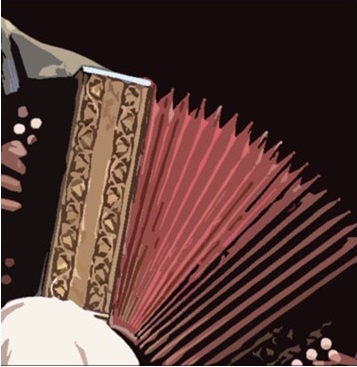
Gláucia Nogueira and Graham Douglas
Funaná has relatively recent origins and a rich history of transformation. In its first iteration, it was performed with a diatonic button accordion, locally called a gaita, with the accompaniment of the fero, or ferinho, a metal bar struck and scraped with a knife or other metallic object to produce the rhythmic patterns.
Created by peasants on the island of Santiago, in the colonial period funaná was scorned by the urban population and was largely unknown on the other islands given the difficulties of transport across the archipelago until approximately the 1970s. The name funaná encompasses a set of musical genres, rather than just one: a waltz or morna played by an accordionist may still be called a funaná, and there are also funaná lento and funaná sambado. The term funaná is much more recent than the music itself, which was previously referred to in the interior of Santiago as baju di gaita (meaning an accordion dance).
And as another example of cultural assimilation this German instrument, which probably arrived in the late 19th orearly 20th Century, was modified by Caboverdean musicians, by changing its pitch, as Rui Cidra reports in his thesis.
A small number of musicians gain prestige by replacing original elements such as the bellows or reeds. “I’m changing and combining the voices (…) if I don’t, the instrument won’t play because, when it arrived, it was their sound [the Europeans, or the manufacturers]. The instrument is confused. It doesn’t play in our own way,” says one of those artisans, Caetaninho, interviewed by Kaká Barbosa, in his article “Son di terra, a voz ou o som da identidade”, Horizonte (February 20, 2004.)
Barbosa notes that “out of little pieces of synthetic sheets of various thickness obtained in photography studios and in cinema booths or elsewhere, he would manufacture the reeds that were then fixed with glue on the supports of aluminum, brass, or flattened bronze, each one corresponding to a voice, that is to say, a musical note (…).”
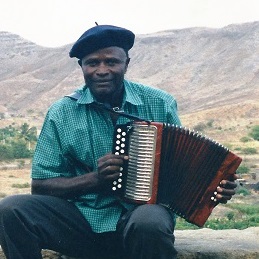
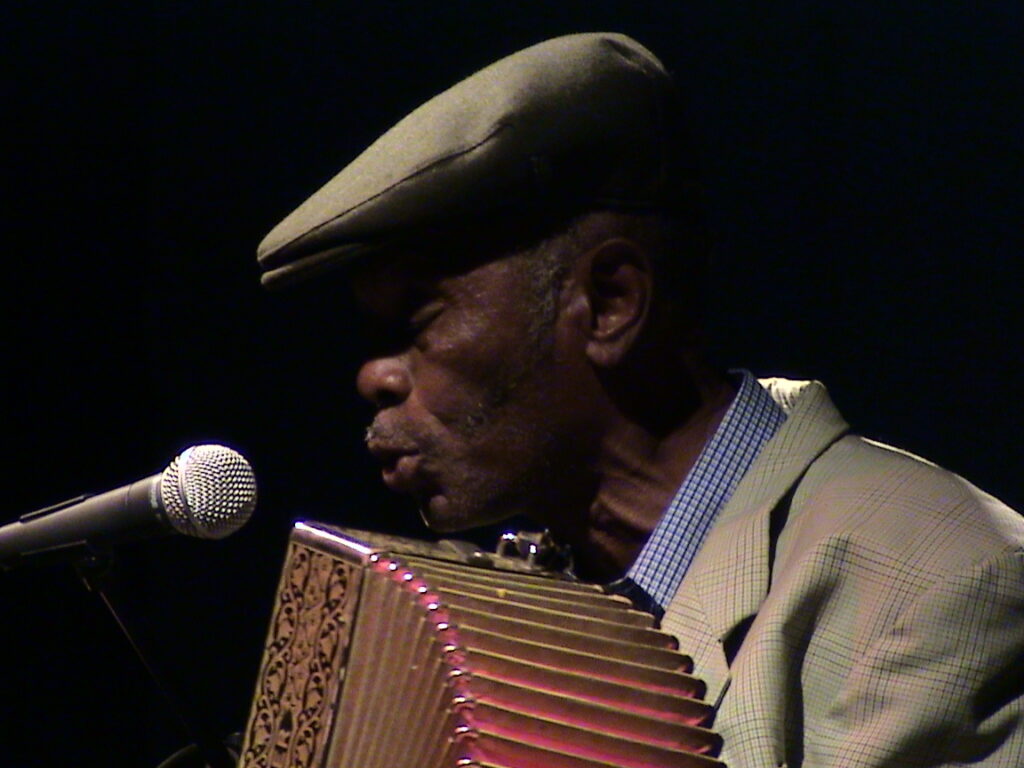
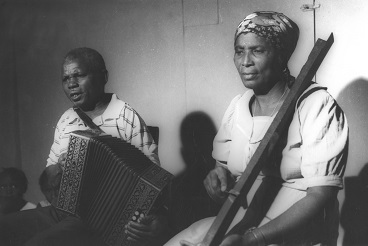
Funaná was another previously discredited style like batuku that was embraced as a national musical genre and no longer just viewed as a regional peasant styling. And like other styles funaná migrated to other places and became popular there.The group Bulimundo, founded in 1978, the songwriter Norberto Tavares and others contributed to this.
Using electric instruments and an urban sound, they adapted the rhythm of the ferinho to the bass and drums, using keyboards for the melody, and guitar or woodwind instead of the gaita. Katchás, a guitarist and composer, was Bulimundo’s founder and leader in the early days. Some of the compositions performed by the group were written by musicians who represented the traditional funaná, such as Codé di Dona and Sema Lopi, who had never before had compositions recorded.
Bulimundo met with such success that the leap of funaná beyond rural settings is considered a genuine musical revolution. Funaná reached urban audiences, on the other islands and in Caboverdean emigré communities, beginning to be enjoyed by people from higher social strata. Indeed, it was only when this began to happen that funaná only came to be seen as a Caboverdean musical genre on the same level as morna and koladera. Finason was another group that stood out in this period.
By the end of the 1990s, funaná entered another new phase: the band Ferro Gaita, which recorded their first CD in 1998, rescued the gaita, which had been replaced by keyboards at the time of Bulimundo, as a solo instrument. In this period, the accordion is accompanied by the traditional ferinho, but reinforced with bass, guitar, and drums.
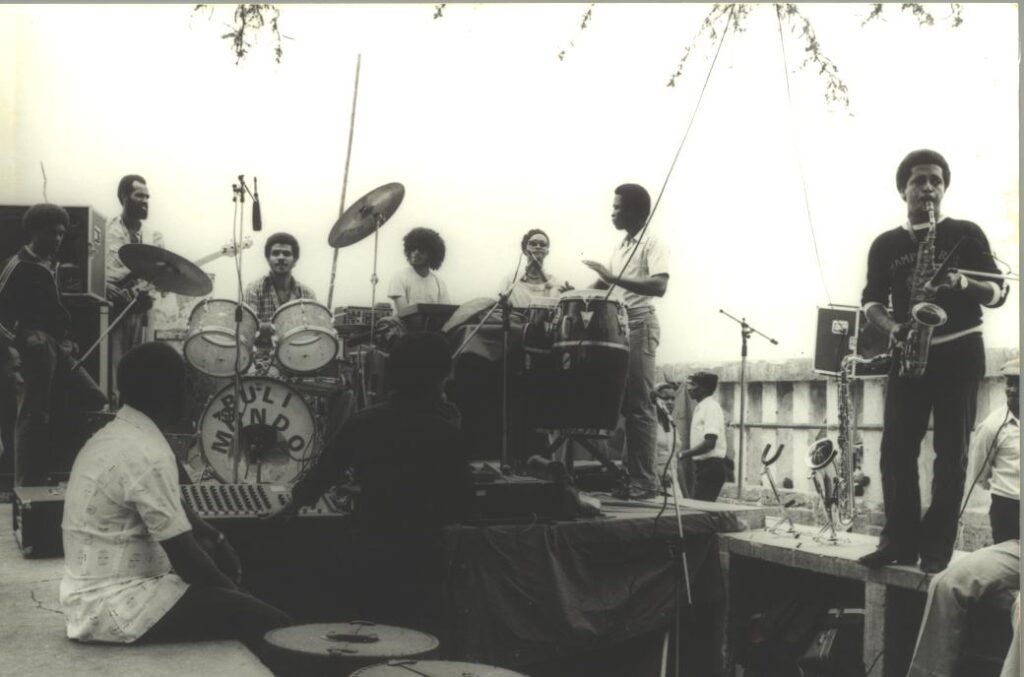
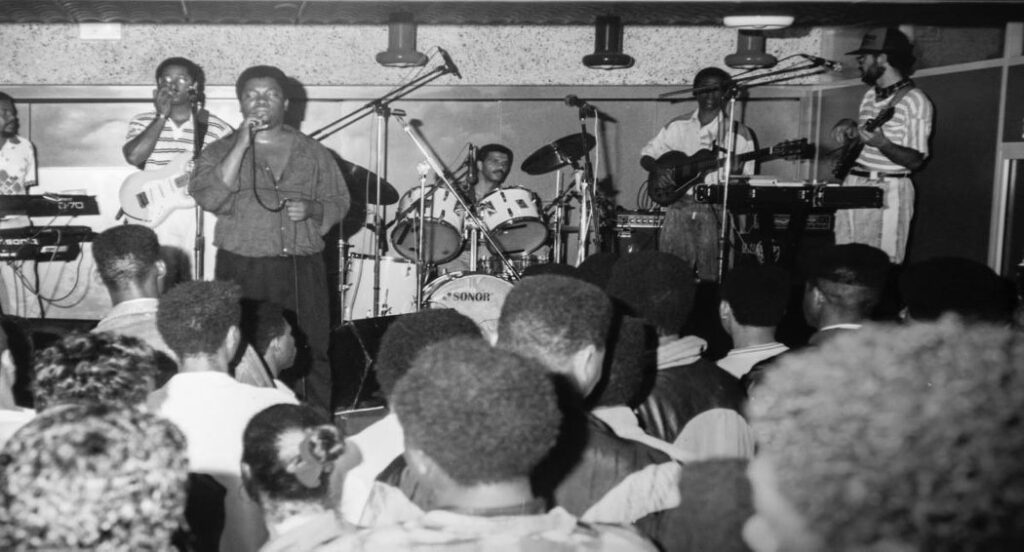
During the 1990s and 2000s an acceleration of the tempo became popular and as with the coladera it was mixed with other dance rhythms, especially Antillean zouk and in this case also soukouss from the Democratic Republic of Congo.
New artists, using digital technology, including keyboards and electronic drums, appeared around 2010. Funaná became a faster genre – called kutxi pó – and one less given to dancing in pairs. During all these phases of funana, from the emergence of Bulimundo one voice stands out, the singer Zeca di Nha Reinalda.